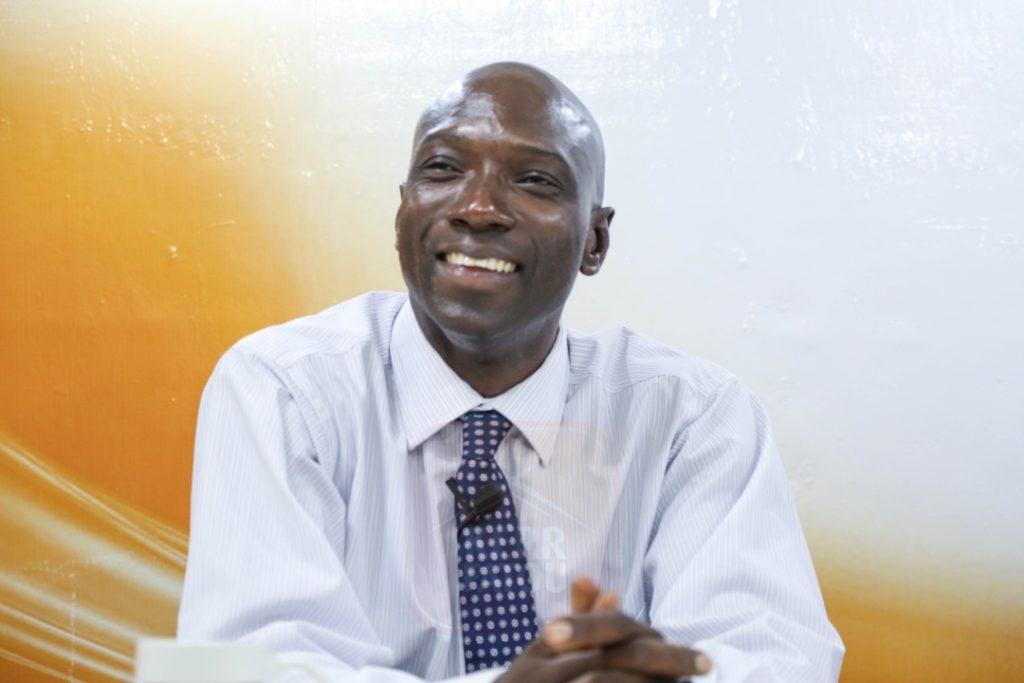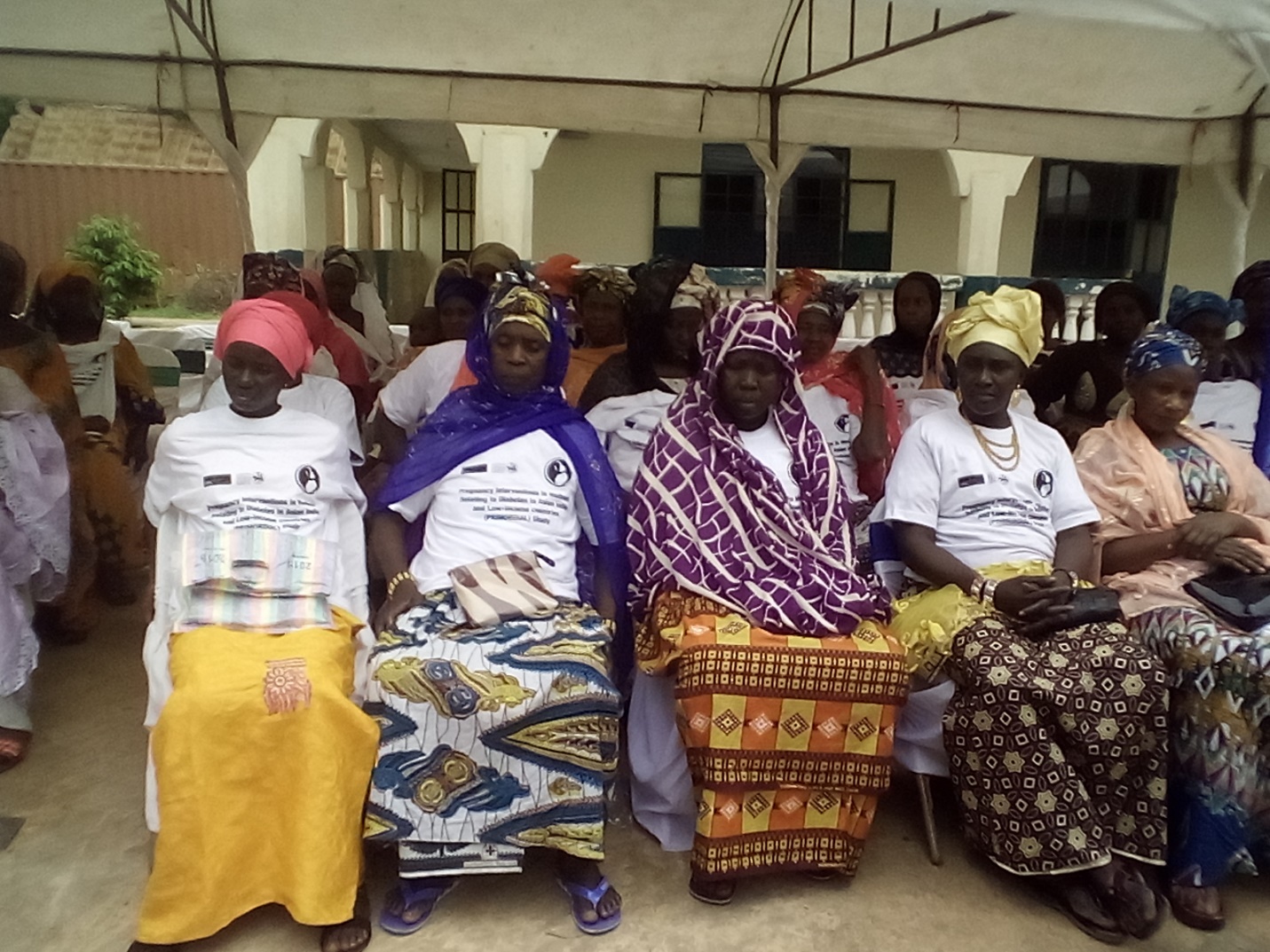Dr. Ousman Gajigo
As we enter the month of August, rainfall is more or less regular and the whole country is in full swing of farming. So, it is a good time to talk about our agricultural sector. It is now a cliche to say that agriculture is our most important sector. This remains true despite the fact that The Gambia has long since become a majority urban population. Yet, our agricultural sector is characterized by low and declining productivity, which is the result of past and current governments’ inability or unwillingness to deviate from agricultural policies that have their origin in colonial times. As a result, the country is increasingly importing what we should easily be growing locally, which is increasingly impoverishing the country.
To get some sense of how bad the current state of Gambian agriculture is, let’s take a close look at two key crops: groundnuts and rice. Of course, there is more to agriculture than these crops. However, a close examination of these crops is sufficient to illustrate the depressing state of affairs. While many may sense thatthings are not going well for Gambian agriculture, I doubt many people know how bad the situation really is.
For over two centuries, groundnuts have been the country’s main cash crop. Since reliable records started in 1970s, the production of groundnuts has remained stagnant. There has been no persistent increase in production or yields. The level of productivity is almost completely determined by the quantity of rainfall, which means that no Gambian government to date has produced any noticeable impact in a key agricultural investment such as irrigation. The average annual groundnutsproduction from 1970 to 2020 was 105,000 tons, which is almost exactly equal to the average annual output from 2016 to the present. Land productivity or yield in groundnuts cultivation has been steadily falling in The Gambia over the past 50 years. Specifically, the average groundnut yield was about 1.4 tons per hectare in 1970, but now the yield has fallen below 1 ton per hectare.
Of course, our groundnut sector’s competitiveness has been significantly affected by aflatoxin, which cut us from lucrative export market since the 1990s. But the inability toeffectively address aflatoxin infestation and regain entry in a lucrative market can only be attributed to policy failure.After all, aflatoxin infestation can be addressed and has been addressed in other countries. Moreover, regaining access to lucrative export market should not be the only reason for addressing aflatoxin infestation in groundnutscultivation. Aflatoxin is a major health hazard and currently causes a large and rising number of liver disease cases in the country. European policymakers did not put restrictions on aflatoxin-infected groundnuts for no good reason.
Let’s look at rice, which remains our main staple. Rice production in The Gambia averaged about 27,000 tons per annum between 1970 and 2007. In 2008, there was a dramatic jump, but that was not sustained. Over the past 15 years, national production averaged just over 50,000 tons per annum, but with huge year to year fluctuations. Productivity in rice production since independence has been a depressing matter. Between 1970 and 2000, the trend for the rice yield was flat, with an average of 1.4 tons per hectare. From 2000 onwards, rice productivity has been on a downward trend. The average rice yield in The Gambia over the past decade is less than 1 ton per hectare (0.7 tons per hectare to be precise).
Comparing this with the global average of 4 tons per hectare may be considered by some as unfair. So, let’s make a comparison that I believe everyone should consider as fair. Let’s restrict the comparison with ECOWAS members. The Gambia has the lowest average rice yield within ECOWAS over the past decade. Let’s that allow that to sink in. The median rice yield among ECOWAS members is over 2 tons per hectare over the past decade. Even among countries that many would consider failed states, The Gambia has had worseperformance in rice productivity, despite this cereal being our staple crop.
Let’s go further and compare with Senegal, a neighbor with whom we share the same agro-ecological conditions. From the 1970s to the 1980s, there was not muchsignificant difference in average rice yields between the two countries. But Senegal started creating a consistent gap with The Gambia in the late 1980s. When The Gambia embarked on its downward trend in yield from 2000, Senegal on the other hand began experiencing an upward trend in rice yield. As a consequence, while the average rice yield in The Gambia over the past decade is less than a ton per hectare, the average yield in Senegal over the same period is now close to the global average of 4 tons per hectare.
What the indicators are showing is that the Gambianagricultural sector is in a major crisis. On the positive side, there is no mystery as to causes of this failure in the sector, which means that it is not the lack of knowledge about the causes. For instance, in the case of rice cultivation for example, the answer lies in irrigation, the proper administration of land, appropriate mechanizationand inputs. It also involves leveraging expertise in the private sector because sustained production and yield growth cannot be a government-led effort.
To address a crisis, it has to be recognized for its level of severity. Unfortunately, there is no indication that the country’s leadership have an appreciation of the dismalstate of affairs in this important sector. Certainly not from the president or his advisors. Listening to President Barrow during his recent State of the Nation address, there was no mention of any of the key objective indicators that should inform the general public and policymakers about the true state of the agricultural sector. The only thing the president could say about the sector was how the country will be getting more projects funded by development organizations and donors, which illustrates his government’s obliviousness to the fact that outside projects by themselves cannot be the engine of development. When one also looks at the annual budget allocation to the sector, it does not provide any indication of the gravity of the situation.
Projects funded by development partners such as the World Bank, the African Development Bank, IFAD, FAO and other institutions are useful and they benefit a lot of people. Indeed, thousands of Gambians have benefitted from the likes of NEMA, FASDEP, GCAV, GIRAV and ROOTs, among others. But for a well-managed country, those projects are complementary to national-led efforts, not the highlights of government activities in the sectors.
Unfortunately, such projects are what the current Gambian leadership consider its flagship activities in the agricultural sector. In a reverse of what should be happening, weinstead see these projects being complemented by ineffectual annual exercises such as the distribution of subsidized fertilizers (and occasionally some seeds) and the marketing groundnuts (almost never on time, while offering below-market prices). On an annual basis, there is no variation in this set of activities. In other words, there is a complete absence of grand vision guiding these actions.
It should be obvious to everyone by now that both AdamaBarrow and his various Ministers of Agriculture have no real understanding of the state of affairs in this important sector. Absent a good understanding of a problem, it is difficult to see how we can hope they will have any solution in any reasonable period of time.





